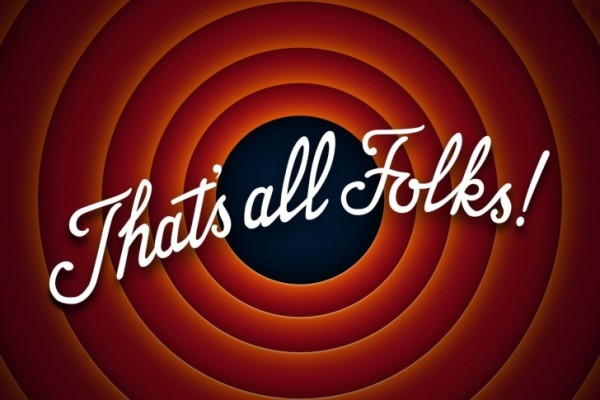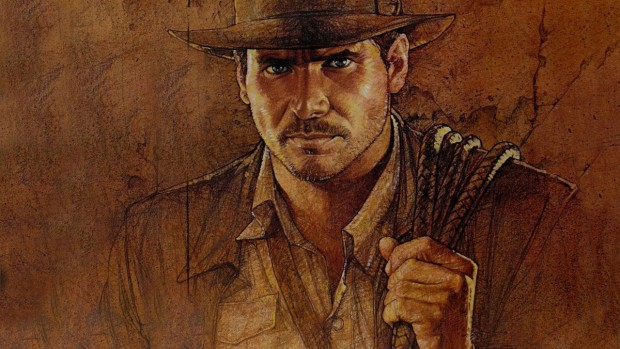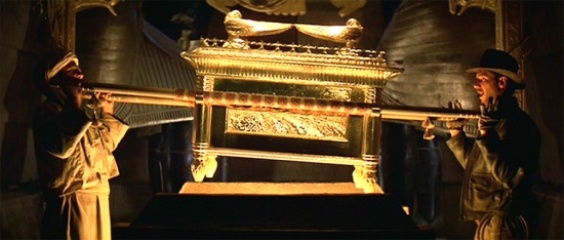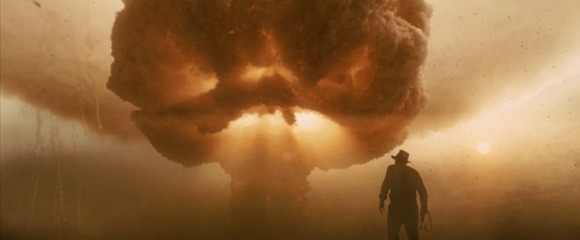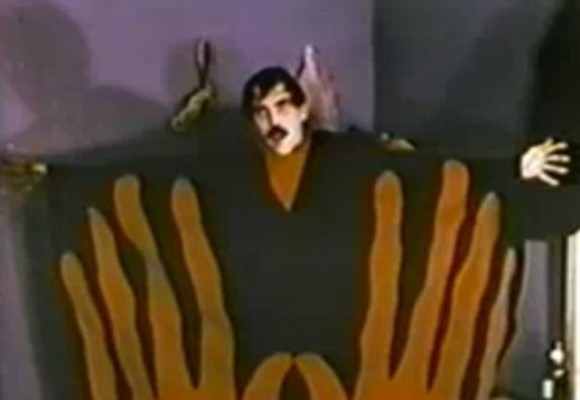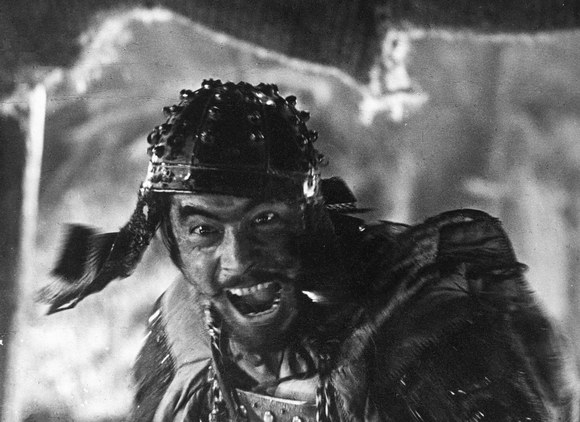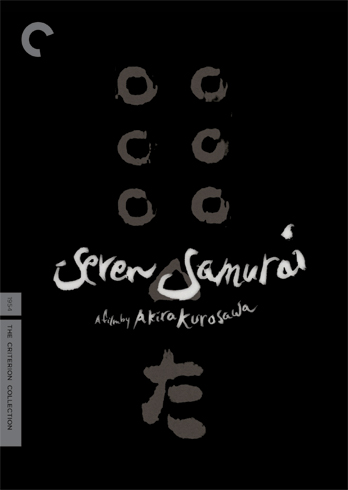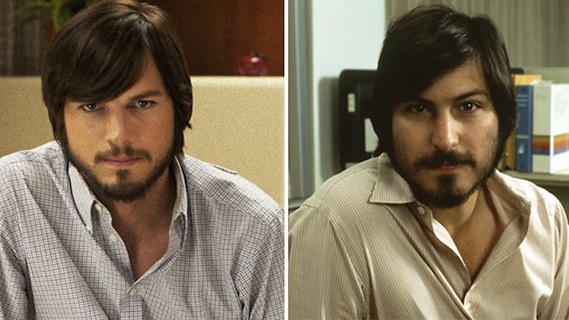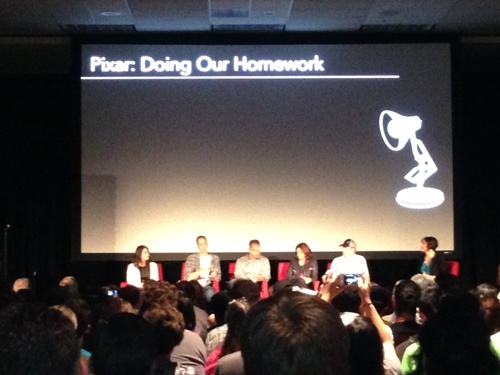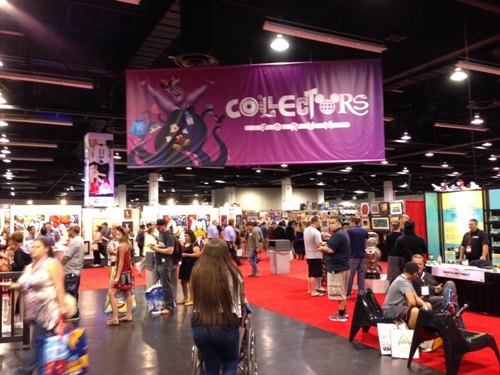Horror movies have been around since the very beginning of cinema. From F.W. Murnau’s classic vampire flick Nosferatu (1922) to Universal Studio’s monster movies like Dracula (1931) and Frankenstein (1931), audiences have made watching scary films a long standing tradition. And, like most other genres, horror has grown and evolved with the times, satisfying the changing tastes of it’s audiences. In the 50’s, we saw the rise of the Sci-fi monster movies and in the 60’s and 70’s, “schlock” horror began to become popular, thanks to relaxed restraints over acceptable on-screen violence. It is a genre that has more or less stayed strong in every decade and is much more adaptable than any other genre of film. But, in recent years, I have noticed that there has been a severe drop off in horror movies that actually leave a mark. It seems that today, studios are more interested in quantity over quality and its a trend that is having a negative effect on the genre as a whole. My belief is that studios are using the horror genre as a way to generate a quick influx of cash, knowing that there is a built in audience of people who watch horror movies no matter what it is. That’s why you see so many horror films quickly drop off after their opening weekend. There seems to be the belief nowadays that you can pass off something as a horror movie if it has one or two big scares; but the reality is that the best horror films don’t always rely on things that make us jump out of our seats.
What makes a great Horror movie is the use of atmosphere. This has been the case since the very beginning; back when cinema was still silent. F.W. Murnau’s silent masterpiece Nosferatu shows exactly how atmosphere can be used to signify terror. In the movie, we see how simple staging and effective use of shadows can be used to terrifying effect. The vampire Count Orlok, played by actor Max Schreck, is able to strike at his victims using just his shadow, an image in the film that is made simply with the movie’s use of lighting, but still done with chilling effectiveness. Early Hollywood horror films likewise made great use of atmosphere. If you look at a movie like Dracula, there is actually very little on-screen violence present. Instead, the film presents a feeling of dread through the gloomy atmosphere of the vampire’s castle. Thanks to that, and Bela Lugosi’s iconic performance, you don’t need to see the bloodletting of Dracula’s victims in order to be scared. This has helped to give these movies lasting power over so many years. It’s amazing that movies made in the early days of cinema can still be scary, given all the limitations they had. And given all the bad things we’ve seen happen to movie vampires in recent years (I’m looking at you Twilight), I’m glad that Lugosi’s version of the Count still can create a chill.
Understandably, the horror genre has had to grow and evolve with the times in order to survive, but for many years there was still an emphasis on atmosphere at play. The more rebellious era of the 70’s allowed for more use of onscreen violence, and while many filmmakers perhaps went a little overboard in this period, there were a few that actually made an impact. Dario Argento created films that were not only gory but also artistically staged like The Cat of Nine Tales (1971), Deep Red (1975) and the very twisted Suspiria (1977), which showed off how atmosphere could still be used to enhance the gore on film. Director George A. Romero likewise used atmosphere effectively in a sub-genre of horror that he helped create; the zombie flick. Despite the fact that these directors were given more leeway to do what they wanted, what made their early work so effective was in how they showed restraint. You can show a lot more in horror movies nowadays, but sometimes what remains unseen becomes the scariest element, and that’s why films of this era managed to be effective. The filmmakers knew when to be shocking and when to show restraint, based on what the horror movies that inspired them had done in the past. But, as generations of filmmakers become more desensitized to what can be allowed in a horror movie, that sense of restraint also goes away.
The problem that I see in most modern horror movies today is that there is no self-restraint left in them. For the most part, the filmmakers chose to throw atmosphere out the window in favor of “jump scares.” A “jump scare” is when something suddenly pops onto screen out of nowhere in an attempt to make the audience scream and jump all at the same time, usually accompanied with a loud music cue to maximize effect. A “jump scare” can work, when it is used sparingly, but too many films today are overusing it, which diminishes it’s effectiveness over time. One of the best examples of a jump scare is actually in a film that you would consider more of a thriller than a horror movie; Jaws (1975). The scene in question is when scientist Hooper (Richard Dreyfuss) is investigating a shark attack on a fishing boat at night. While examining the hole in the bottom of the boat, a severed head pops out suddenly, creating a genuine scare for both him and the audience. This scene is effective because it is unexpected and is built up thanks to the atmosphere of the moment. Also, it is one of the few times that director Steven Spielberg actually uses a “jump scare” in the movie. The fewer times it happens, the more effective it is, and unfortunately that’s a technique that few horror filmmakers today understand. When you use a technique too many times, it becomes tiresome and the audiences become more aware of it. Unfortunately, too many filmmakers get carried away and have too much fun creating these kinds of “jump scares.”
One other problem I have noticed with modern horror films is the over-abundance of CGI. While computer effects can sometimes be helpful in a horror film, like making it look like a character has lost a limp or manipulating an environment in a way that defies physics, there is a larger problem of effects work making moments that should be scary less so. The problem is that most computer effects look too artificial. Of course, when you see puppetry and prosthetic work used in horror movies, they are far from realistic too, but those effects are at least are physical in nature and actors can still interact with them. When you see a horror movie use CGI too much, you just know that the actors are reacting to nothing else but a green screen effect. A recent movie like Mama (2013), loses all effective chills when you see the digital apparition in it appear. This is more apparent in smaller budget horror films, which you can kinda excuse due to limitations in budgets. But when a bigger budget horror film, like the upcoming Carrie remake, looks so pathetic because of the overdone CGI effects, then you begin to see how digital imagery has a negative effect on the genre. Even a good horror film like World War Z suffered from some unnecessary CGI work, which had the unfortunate affect of making the zombies less frightening. If ever there was a place where I wish horror filmmakers would show more restraint, it would be here.
One other problem that I see plaguing the horror genre is the lack of original ideas. Today we are seeing an overabundance of the same kinds of ideas used over and over again. Seriously, how many haunted house movies do we need? Not only that, there are far too many remakes and sequels in the horror genre. Do we really need seven Saw movies and four Paranormal Activities? Horror sequels have become so absurdly common, that we have ridiculous titles like The Last Exorcism 2 and A Haunting in Connecticut 2: Ghosts of Georgia appear as a result; and yes that second title is real. I see it as commerce taking precedence over artistic vision, and the fact that film studios are more likely to invest in something already established than in something new. Every now and then, you do see a movie with a fresh idea come about, like Paranormal Activity in 2007, but even that was driven into ground with too many follow ups with diminishing returns.
Remakes are also a negative factor in horror movies today. What you usually see in these horror remakes are films that get rid of all the atmosphere from the originals in favor of upping the gore factor and the scary bits; just because filmmakers have the ability to do now what could only be implied at in the past. The problem with this is that it completely misses the point of what made the original films so effective in the first place. A particular example is the terrible remake of John Carpenter’s The Thing, which loses all of the substance of the original in favor of just making the film as gory as possible. Gore does not equal scary. Filmmakers like Carpenter knew that, and that’s why they used gore sparingly. The sad thing is that remakes try to one up these originals because the tools today are so much better; but it fails miserably every time.
Thankfully, despite the attempts by Hollywood to try to push the Horror genre into more exploitative territories, the classics still hold up all these years later. Even a 90 year old film like Nosferatu still gives audiences chills to this day. And I think that it all comes down to atmosphere. It’s like how people tell ghost stories around a campfire. Would you rather listen to the story that builds up to a chilling ending that’ll leave you with nightmares, or would you rather listen to someone’s story that gets caught up in the gory details and then just ends without a payoff? That’s what’s being lost in horror movies today. The classics knew how to build their stories around scary ideas, and not just the imagery. The Twilight Zone became popular on television because it presented us with unsettling scenarios that made us anxious the longer we thought about them. Not once did we see the monster on the wing of a plane attack William Shatner in the famous episode; it was the frightening possibilities that could have come about that made the episode scary and also Shatner’s paranoia in his performance. The best horror movies have staying power because they knew that their audiences had the imaginations capable of filling in the gory details that remained unseen.
So, is horror a dying genre? Of course not. There is an abundance of terrible horror movies out there, but that’s only because the market has been flooded. Every now and then, a fresh new idea comes along and not only makes an impact, but it will also go on to influence the genre as a whole. One thing that I would like to see an end to in the horror genre is the over-abundance of terrible remakes. Just looking at the new Carrie remake trailer makes me laugh, because it’s taking everything that worked in the original and makes it less subtle. I believe it strongly; CGI, and shaky-cam for that matter, are making horror films less frightening. They are showy techniques that ruin atmosphere needed for a good horror movie and I wish more filmmakers would show more restraint. I’ve stayed away from horror films generally because of this, and the horror movies that I gravitate towards are ones that have been around a long time. If you’re wondering which one I consider my favorite, it would be Stanley Kubrick’s The Shining (1980). Talk about a film that makes the most out of it’s atmosphere. I hope that other horror filmmakers take a look at what makes the classics as scary as they are, and learn the effectiveness of restraint. You’d be surprised how much a little scare can go when it’s built up well enough.


